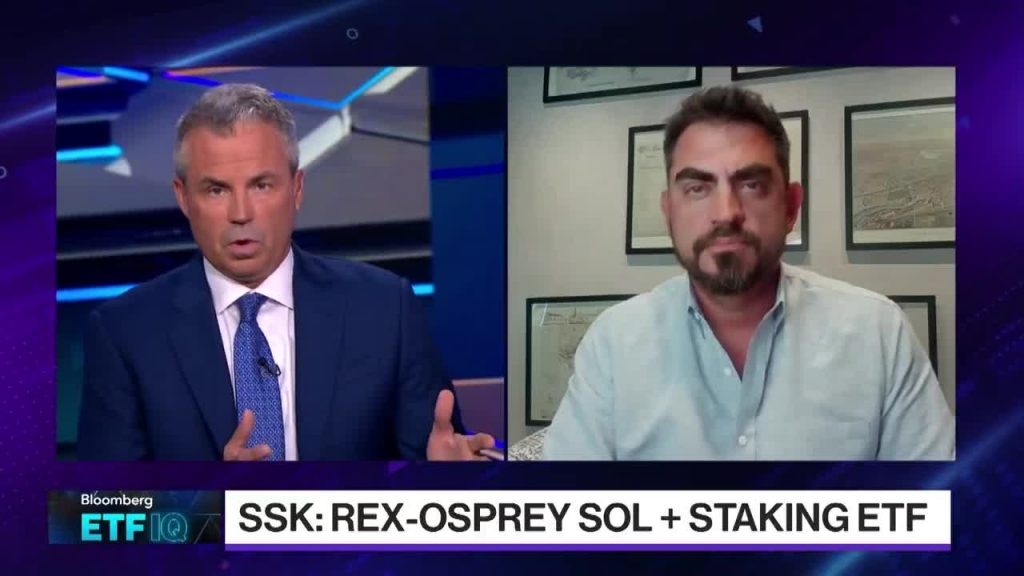PERFORMANCE DISCLOSURE
The performance data quoted represents past performance. Past performance does not guarantee future results. The investment return and principal value of an investment will fluctuate. An investor’s shares, when redeemed, may be worth more or less than their original cost; current performance may be lower or higher than the performance quoted. Returns for performance for one year and under are cumulative, not annualized. Short term performance, in particular, is not a good indication of the fund’s future performance, and an investment should not be made based solely on returns. For additional information, see the fund(s) prospectus. Current performance may be lower or higher than the performance data quoted. To obtain the most recent month-end performance, see the fund(s) site page. The average annual total return figures reflect the reinvestment of dividends and capital gains, if any.
Shares of the REX Shares ETFs are bought and sold at market price (not NAV) and are not individually redeemed from a Fund. Market Price returns are based upon the midpoint of the bid/ask spread at 4:00 pm EST (when NAV is normally calculated) and do not represent the returns you would receive if you traded shares at other times. Brokerage commissions will reduce returns. Fund returns assume that dividends and capital gains distributions have been reinvested in the Fund at NAV. Some performance results reflect expense reimbursements or recoupments and fee waivers in effect during certain periods shown. Absent these reimbursements or recoupments and fee waivers, results would have been less favorable.
AFTER-TAX AND AFTER-TAX, POST SALES RETURNS
Tax-adjusted returns and tax cost ratio are estimates of the impact taxes have had on a fund. We assume the highest tax rate in calculating these figures. These returns follow the regulatory guidelines for calculating returns before sale of shares. Tax-adjusted returns show a fund’s annualized after tax total return for the one, three and five year periods, excluding any capital-gains effects that would result from selling the fund at the end of the period. To determine this figure, all income and short-term capital gains distributions are taxed at the maximum federal rate at the time of distribution. Long-term capital gains are taxed at a 15% rate. The after tax portion is then assumed to be reinvested in the fund. State and local taxes are not included in our calculations. For more information, please consult your tax consultant.
INVESTMENT RISKS
Investing in the Funds involves a high degree of risk. There is a potential of increased volatility due to the attempt to magnify performance of a single stock. As with any investment, there is a risk that you could lose all or a portion of your investment in the Funds.
An investor should carefully consider a Fund’s investment objective, risks, charges, and expenses before investing. A Fund’s prospectus and summary prospectus contain this and other information about the REX Shares. To obtain a Fund’s prospectus and summary prospectus call 844-802-4004. A Fund’s prospectus and summary prospectus should be read carefully before investing.
Investing in a REX Shares ETF may be more volatile than investing in broadly diversified funds. The use of leverage by a Fund increases the risk to the Fund. The REX Shares ETFs are not suitable for all investors and should be utilized only by sophisticated investors who understand leverage risk, consequences of seeking daily leveraged, or daily inverse leveraged, investment results and intend to actively monitor and manage their investment.
Fixed Income Securities Risk. When the Fund invests in fixed income securities, the value of your investment in the Fund will fluctuate with changes in interest rates. Typically, a rise in interest rates causes a decline in the value of fixed income securities owned by the Fund.
Effects of Compounding and Market Volatility Risk. The Fund has a daily leveraged investment objective and the Fund’s performance for periods greater than a trading day will be the result of each day’s returns compounded over the period, which is very likely to differ from the Fund performance, before fees and expenses.
Leverage Risk. The Fund obtains investment exposure in excess of its net assets by utilizing leverage and may lose more money in market conditions that are adverse to its investment objective than a fund that does not utilize leverage.
Derivative Risk. Derivatives are financial instruments that derive value from the underlying reference asset or assets, such as stocks, bonds, or funds (including ETFs), interest rates or indexes. Investing in derivatives may be considered aggressive and may expose the Fund to greater risks, and may result in larger losses or small gains, than investing directly in the reference assets underlying those derivatives, which may prevent the Fund from achieving its investment objective.
Counterparty Risk. A counterparty may be unwilling or unable to make timely payments to meet its contractual obligations or may fail to return holdings that are subject to the agreement with the counterparty.
Shorting Risk. A short position is a financial transaction in which an investor sells an asset that the investor does not own. In such a transaction, an investor’s short position appreciates when a reference asset falls in value.
Liquidity Risk. Holdings of the Fund may be difficult to buy or sell or may be illiquid, particularly during times of market turmoil. Illiquid securities may be difficult to value, especially in changing or volatile markets.
Distribution Risk. As part of the Fund’s investment objective, the Fund seeks to provide current monthly income. There is no assurance that the Fund will make a distribution in any given month. If the Fund does make distributions, the amounts of such distributions will likely vary greatly from one distribution to the next. Additionally, the monthly distributions, if any, may consist of returns of capital, which would decrease the Fund’s NAV and trading price over time. As a result, an investor may suffer significant losses to their investment.
NAV Erosion Risk Due to Distributions. When the Fund makes a distribution, the Fund’s NAV will typically drop by the amount of the distribution on the related ex-dividend date. The repeated payment of distributions by the Fund, if any, may significantly erode the Fund’s NAV and trading price over time. As a result, an investor may suffer significant losses to their investment.
Non-Diversification Risk. Because the Fund is non-diversified, it may invest a greater percentage of its assets in the securities of a single issuer or a smaller number of issuers than if it was a diversified fund.
New Fund Risk. The Fund is a recently organized management investment company with no operating history. As a result, prospective investors do not have a track record or history on which to base their investment decisions.
Technology Sector Risk. Market or economic factors impacting technology companies and companies that rely heavily on technological advances could have a major effect on the value of the Fund’s investments. The value of stocks of technology companies and companies that rely heavily on technology is particularly vulnerable to rapid changes in technology product cycles, rapid product obsolescence, government regulation and competition, both domestically and internationally, including competition from foreign competitors with lower production costs.
Sector Concentration Risk. The trading prices of the Fund’s underlying securities may be highly volatile and could continue to be subject to wide fluctuations in response to various factors. The stock market in general, and the market for technology companies in particular, where applicable, has experienced extreme price and volume fluctuations that have often been unrelated or disproportionate to the operating performance of those companies. Liquidity Risk. Some securities held by the Fund, including options contracts, may be difficult to sell or be illiquid, particularly during times of market turmoil.
Call Writing Strategy Risk. The path dependency (i.e., the continued use) of the Fund’s call writing strategy will impact the extent that the Fund participates in the positive price returns of the underlying reference securities and, in turn, the Fund’s returns, both during the term of the sold call options and over longer time period.
High Portfolio Turnover Risk. The Fund may actively and frequently trade all or a significant portion of the Fund’s holdings. A high portfolio turn over rate increases transaction costs, which may increase the Fund’s expenses.
Options Contracts. The use of options contracts involves investment strategies and risks different from those associated with ordinary portfolio securities transactions. The prices of options are volatile and are influenced by, among other things, actual and anticipated changes in the value of the underlying instrument, including the anticipated volatility, which are affected by fiscal and monetary policies and by national and international political, changes in the actual or implied volatility of the underlying reference security, the time remaining until the expiration of the option contract and eco nomic events.
Reference Asset Investing Risk. Issuer-specific attributes may cause an investment held by the Fund to be more volatile than the market generally. The value of an individual security or particular type of security may be more volatile than the market as a whole and may perform differently from the value of the market as a whole.
The Solactive® FANG Innovation Index includes 15 highly liquid stocks focused on technology. These large, tech-enabled equity securities are all listed and domiciled in the U.S. The Index is comprised of eight core-components Apple (AAPL), Amazon (AMZN), Meta Platforms (META), Alphabet (GOOGL), Microsoft (MSFT), Netflix (NFLX), NVIDIA (NVDA), Tesla (TSLA) AND the seven top traded names across the technology sector.
The BITA AI Leaders Select Index is a rules-based composite index that tracks the market performance of companies, listed on recognized exchanges based in the US, that are at the forefront of AI technologies. The final BITA AI Leaders Select Index is calculated by aggregating the “Purity Leaders” and “Key Enablers” categories and weighting them in a fixed proportion of 40% and 60%respectively. The index is rebalanced monthly and reconstituted quarterly.
The BITA Crypto Assets and Digital Payments Index is a rules-based composite index that tracks the market performance of 25 companies, listed on recognized exchanges based in the US, that are actively engaged in crypto-related activities such as cryptocurrency mining, trading, custody, blockchain technology development, and the creation of digital payment solutions. The Index offers investors exposure to firms at the forefront of revolutionizing the financial industry by leveraging blockchain technology and digital innovations to create new financial ecosystems. The Index is weighted by modified free float market capitalization and is reconstituted quarterly and rebalanced monthly, providing a dynamic reflection of market trends.
Out of the Money Option: An out of the money call option has a strike price that is higher than the price of the underlying asset.
Call Option: Call options are financial contracts that give the buyer the right—but not the obligation—to buy a stock, bond, commodity, or other asset or instrument at a specified price within a specific period.
Market Price: The current price at which shares are bought and sold. Market returns are based upon the last trade price.
NAV: The dollar value of a single share, based on the value of the underlying assets of the fund minus its liabilities, divided by the number of shares outstanding. Calculated at the end of each business day.
Distributor: Foreside Fund Services, LLC, member FINRA, not affiliated with REX Shares or the Funds’ investment advisor.




